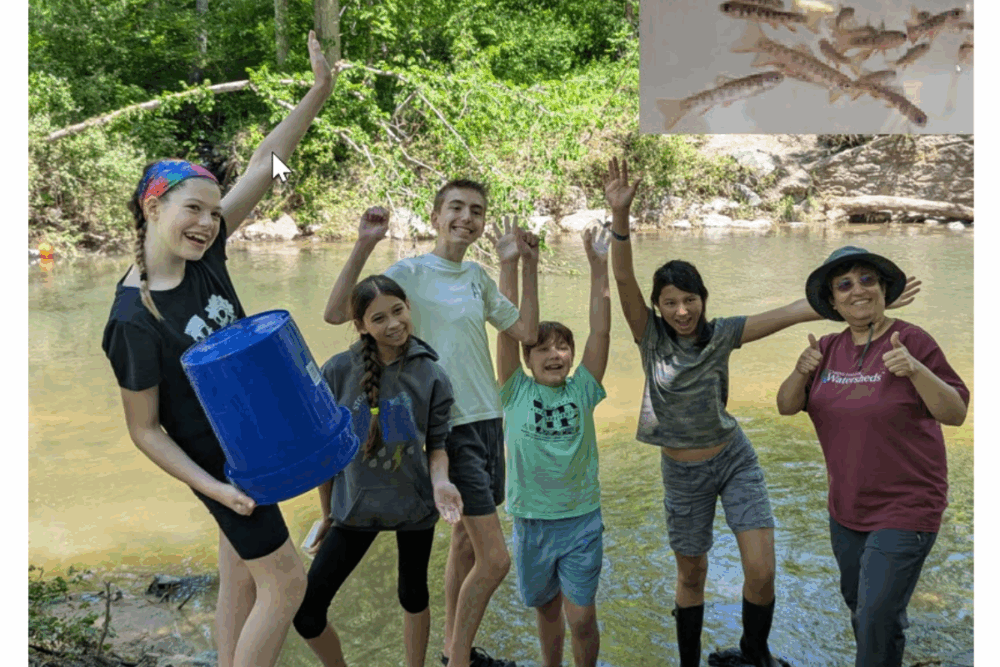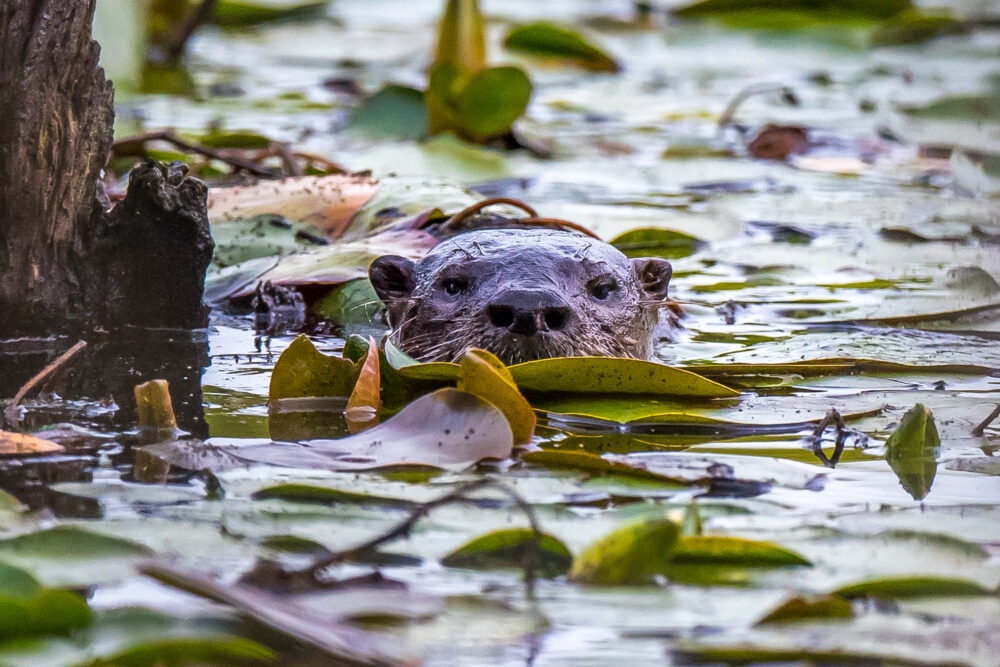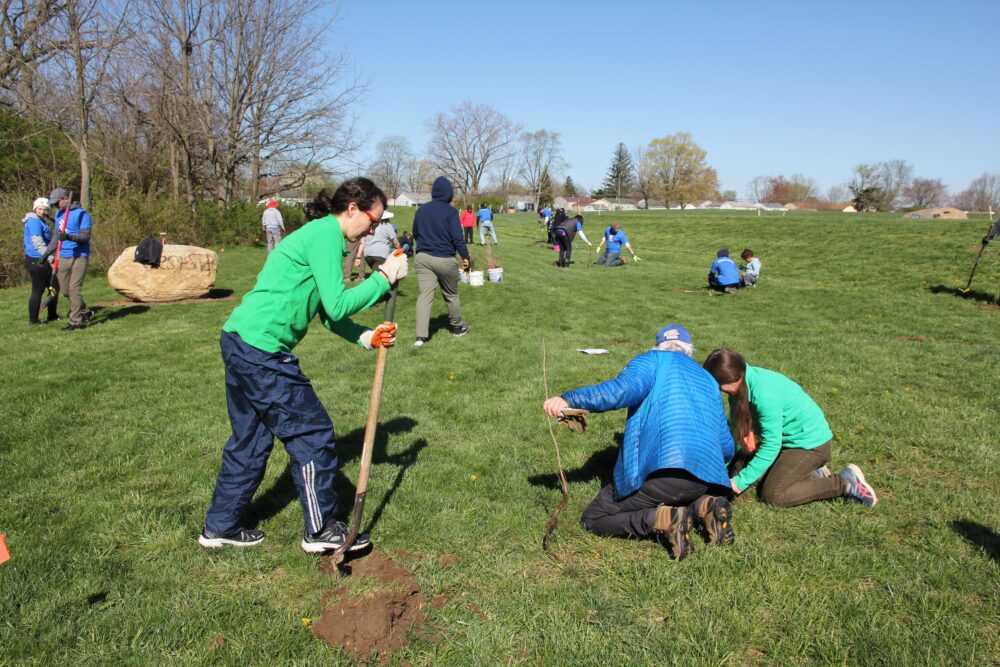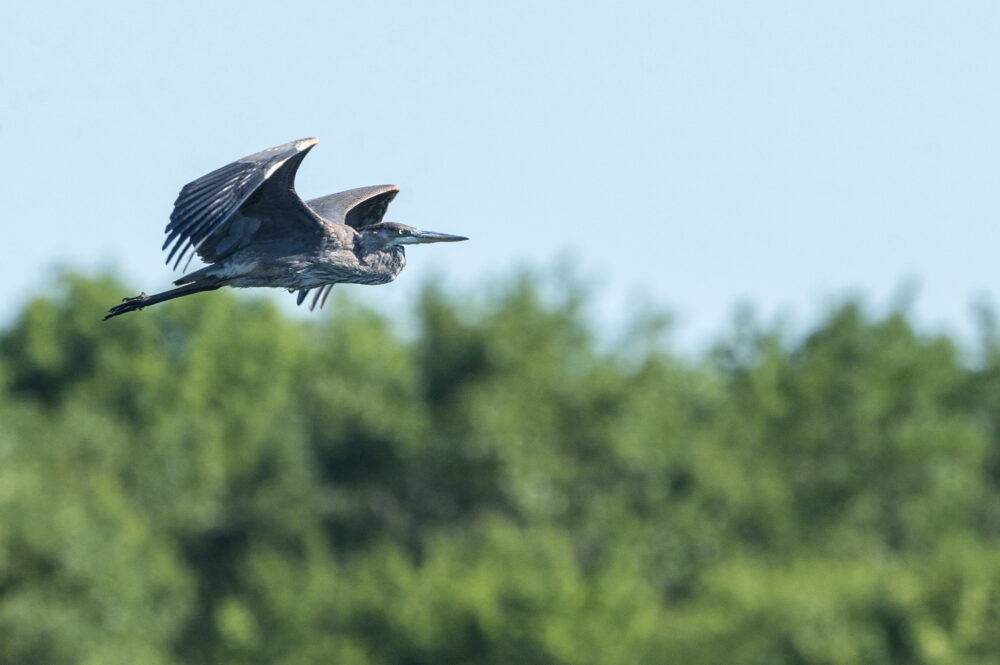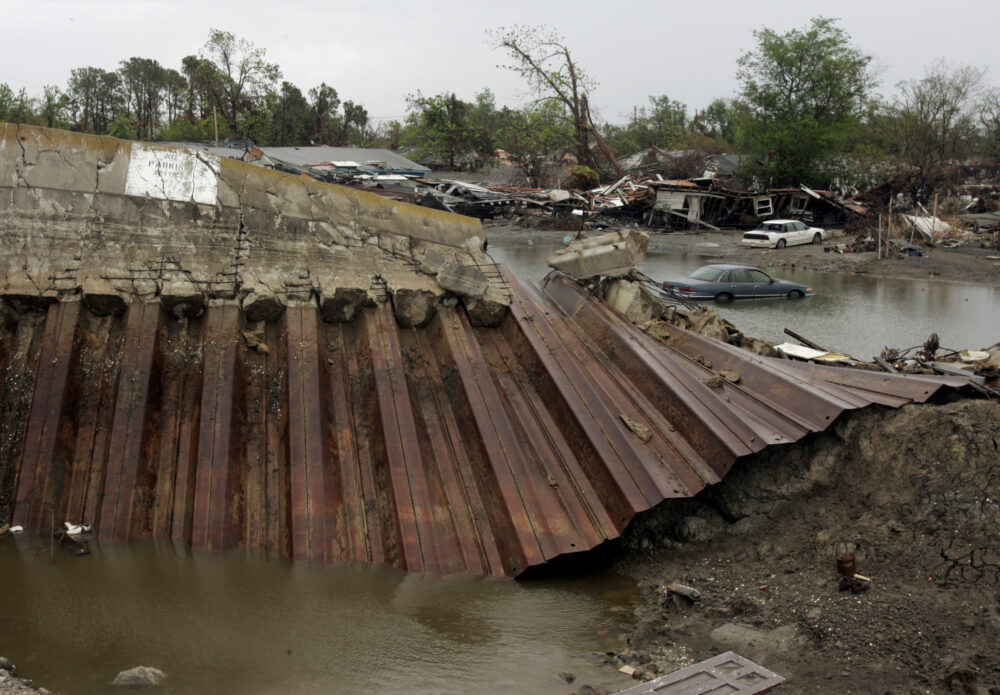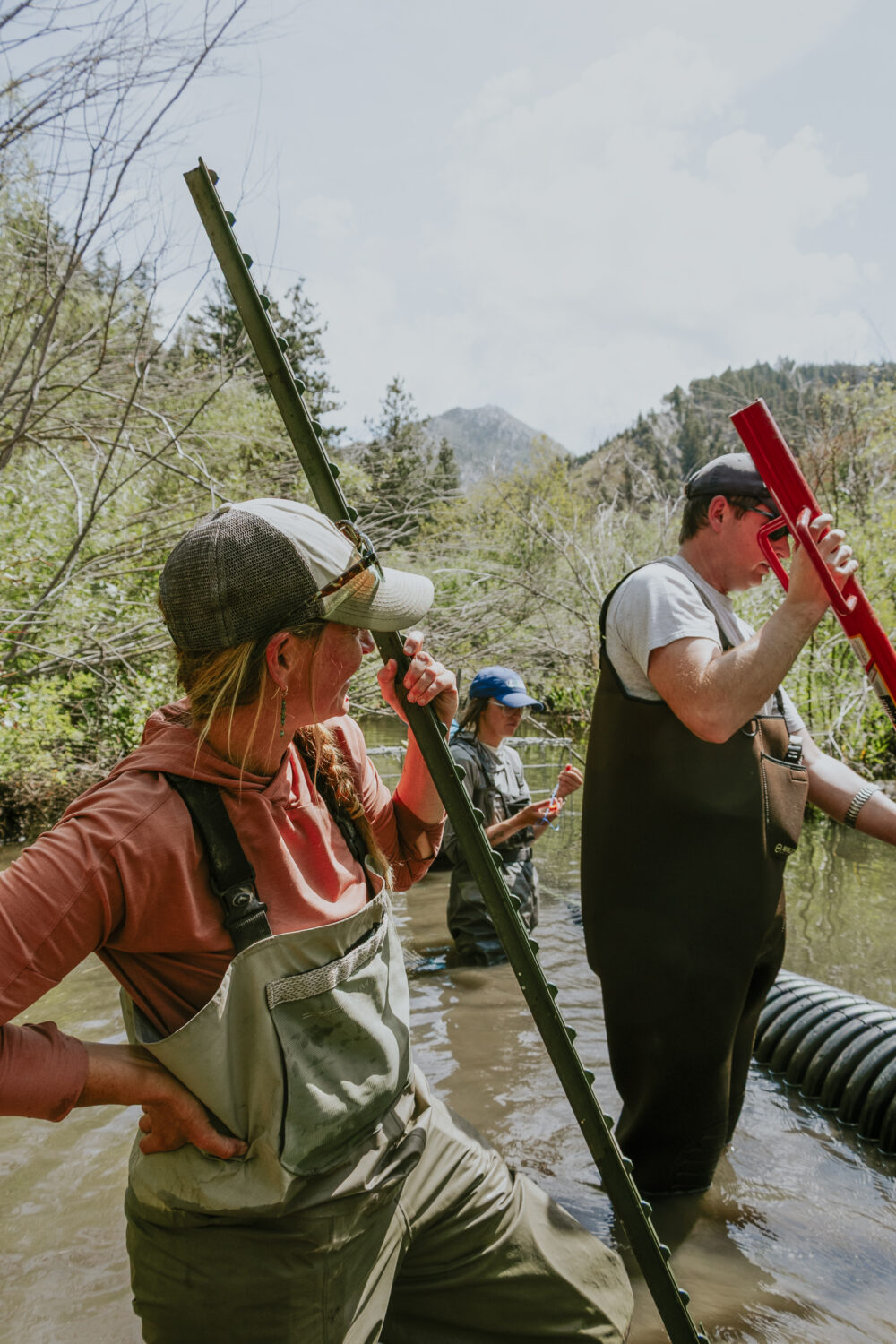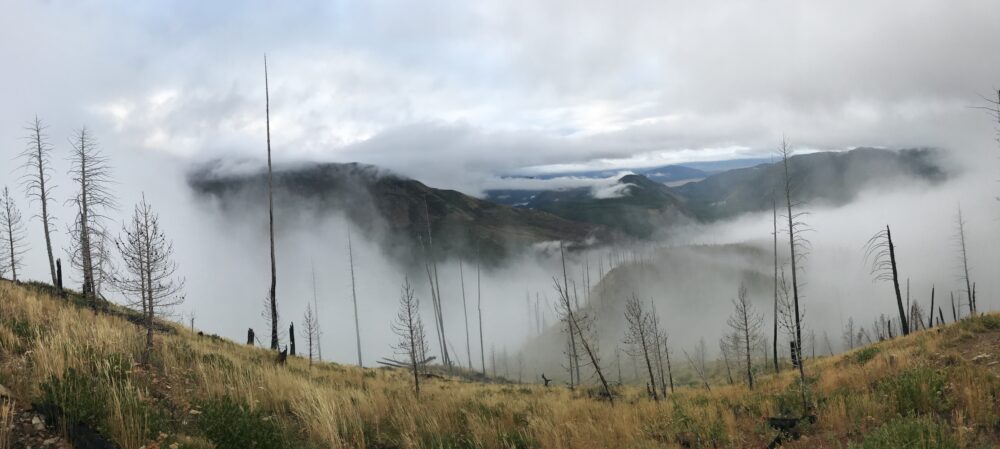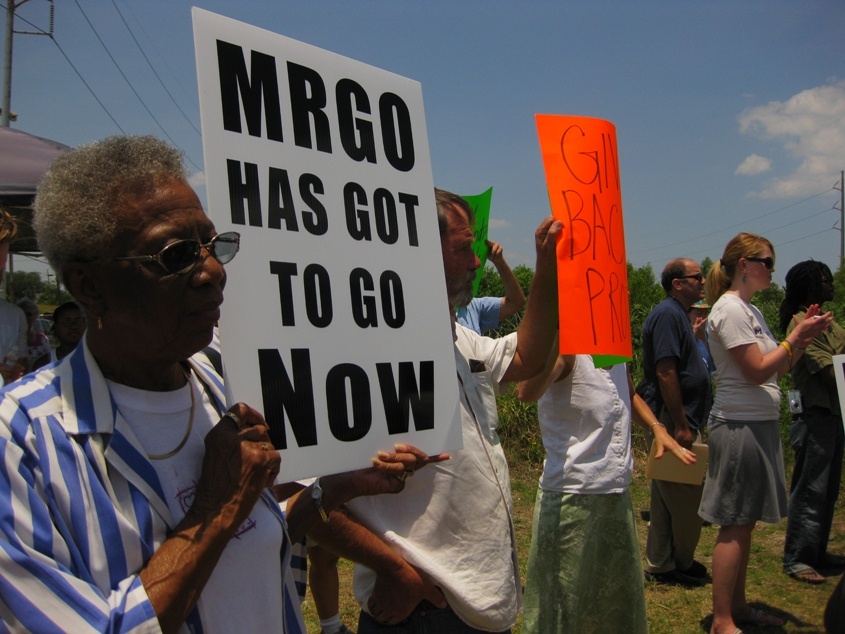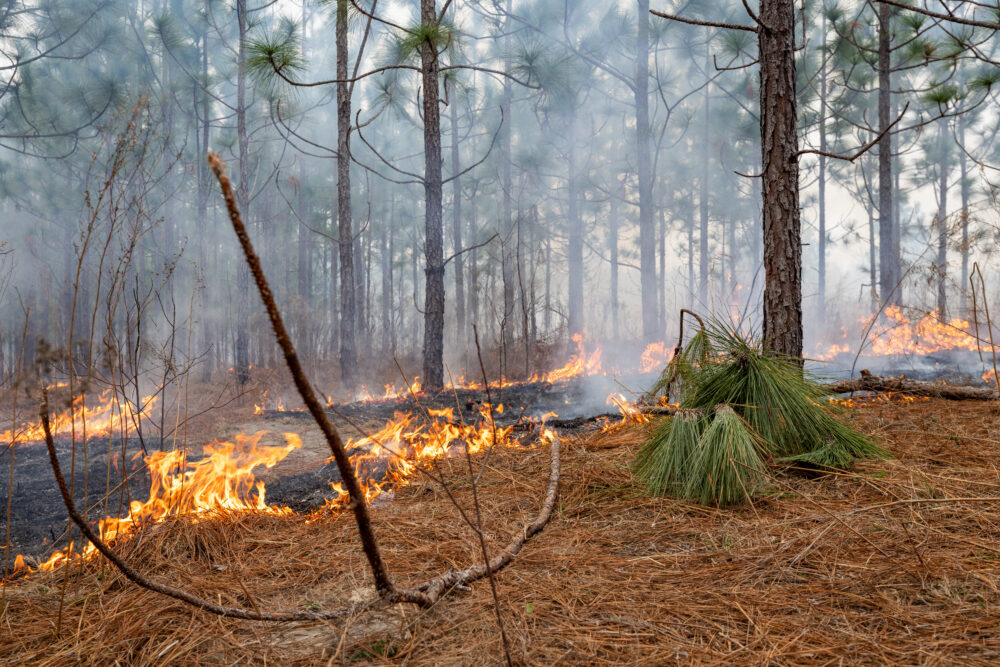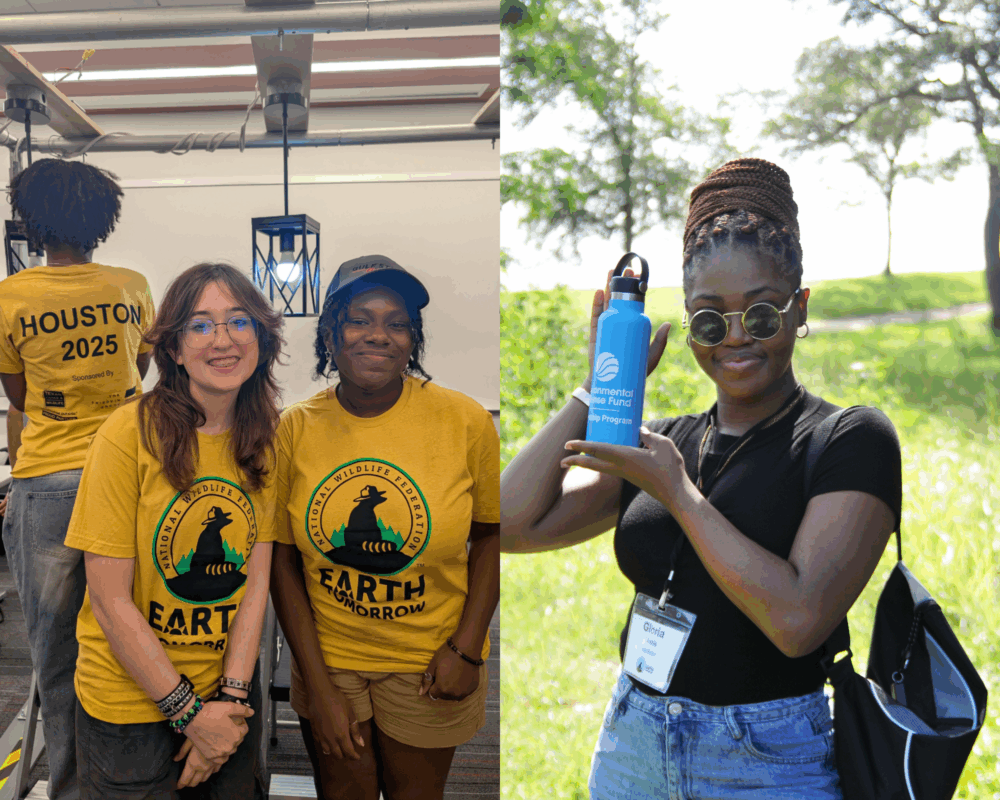We have much more to do and your continued support is needed now more than ever.
How You Can Help Our Disappearing Bumble Bees
As the weather warms and the days become brighter, flowering plants across the nation begin to bloom—releasing vibrant colors and tantalizing scents. Early-blooming plants, from maple trees and spring ephemeral woodland wildflowers in the forests to cactuses and creosote bush in the desert, are a welcome sight for humans as well as the pollinators that rely on them.
One of these magnificent pollinators is the bumble bee queen, who emerges from hibernation in early spring to establish her nest and build a new colony. There are around 250 bumble bee species in the world, with 49 found in the United States. But, fewer and fewer of these bees may appear each spring thanks to numerous threats, including pesticides, destruction of habitat, the spread of pathogens—and now escalating temperatures, according to a 2020 study in Science.
Many other wildlife species such as pikas and moose are shifting their historical ranges as best they can, typically north or upslope, to cope with the rapidly changing climate. Bumble bees, however, are not occupying new regions in response to climate change, according to the study. Instead, these bees are experiencing a climate “squeeze.”
This squeeze is occurring because bumble bee species are no longer surviving in the hottest parts of their ranges, but also are seemingly unable to shift to new, northern regions. A 2015 study in Science found that bumble bees had disappeared from the southernmost parts of their habitats in both North America and Europe. The study highlighted that bumble bees’ ranges had contracted by up to 300 kilometers, and their species failed to expand north, causing a squeeze on their populations.
“Global warming has trapped bumble bee species in a kind of climate vise,” Jeremy Kerr, lead author of the 2015 study and a biologist at the University of Ottawa, said in a statement. “For species that evolved under cool conditions, like bumble bees, global warming might be the kind of threat that causes many of them to disappear for good.”
The 2020 study provided an explanation for this alarming contraction of bumble bee distribution across North America and Europe.
“We’ve known for a while that climate change is related to the growing extinction risk that animals are facing around the world,” lead author Peter Soroye said in a statement.
Hotter and more frequent extremes in temperature are the culprit, causing species extinctions across two continents, Soroye explained.
His study found that in North America and Europe, both bumble bee occupancy and species richness—meaning where bumble bees live and the number of different bumble bee species— were more likely to decline as temperatures rose higher than the bumble bees’ upper thermal tolerance. The study’s data provides evidence of rapid, widespread declines in bumble bees across both continents and suggests that recent climate change has driven stronger, more widespread declines than have been previously reported.
Bees play a vital role in helping to pollinate local gardens and plants, helping our beloved community green spaces and parks to blossom in the springtime. Unfortunately, bumble bees seemingly have nowhere left to go as temperatures spike to unbearable highs.
“If declines continue at this pace, many of these species could vanish forever within a few decades,” Soroye emphasized.
How to Help at Home
You can help save our bumble bees while also enjoying some sunlight and fresh air at your own home.
Creating a wildlife habitat garden in your yard or garden space—or even on your porch or balcony—will help provide food, water, cover, and a place to raise young for the disappearing bumble bees. As climate change puts even more pressure on bumble bees, such gardens could become critical resources and havens for declining species, while also helping to keep common species common.
The National Wildlife Federation’s Garden for Wildlife website has numerous resources to help everyday citizens develop a haven for local birds, butterflies, and possibly even endangered species, such as the rusty patched bumble bee, right in their own yards and communities. Use the Native Plant Finder to get a list of wildlife-friendly plants native to your zip code, get the comprehensive how-to book Attracting Birds, Butterflies and Other Backyard Wildlife that features lists of the best plants for pollinators, and find out how to have your garden recognized as a “Certified Wildlife Habitat.”
Recent studies have shown that small-scale urban gardening can have a very real and measurable impact for pollinators. Through efforts like the Million Pollinator Garden Challenge we’ve seen communities come together to save species. By continuing to bolster these efforts through the National Wildlife Federation’s Certified Wildlife Habitats, Community Wildlife Habitats, and Mayors’ Monarch Pledge programs we hope to see a positive change for important, struggling pollinator species like bumble bees.



